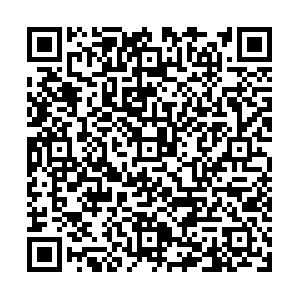Abstract:
Objective To explore the effect of ear point pressing beans combined with directional penetration of traditional Chinese medicine on early pain and knee motion after total knee arthroplasty.
Methods Total 60 patients with total knee arthroplasty in Department of Orthopedics and Arthrology, the Second Affiliated Hospital of Zhejiang University of Traditional Chinese Medicine from November 2017 to April 2019 were randomly divided into group A, group B and group C, with 20 cases in each group. On the basis of routine postoperative analgesia, group C was treated with traditional Chinese medicine directed penetration, group B with auricular point pressing, group A with traditional Chinese medicine directed penetration and auricular point pressing. Pain, joint activity and therapeutic effect were evaluated.
Results On 7 d after treatment, PRI, VAS and PPI scores of group A(5.46±0.15, 1.12±0.04, 0.89±0.04) were lower than those of group B(6.24±0.10, 2.49±0.21, 1.16±0.17) and group C(6.21±0.50, 2.67±0.26, 1.26±0.24,
F Between the three groups/
P Between the three groups=29.024/0.001, 42.990/0.001, 10.371/0.001). The total effective rate in group A(95.00%) was significantly higher than that in group B(55.00%) and group C(50.00%), with statistically significant difference(χ
2=10.950,
P=0.004).
Conclusion The combination of ear point pressing and traditional Chinese medicine directional penetration can relieve the pain of patients after total knee replacement and promote the recovery of joint function.

 点击查看大图
点击查看大图



 下载:
下载:
